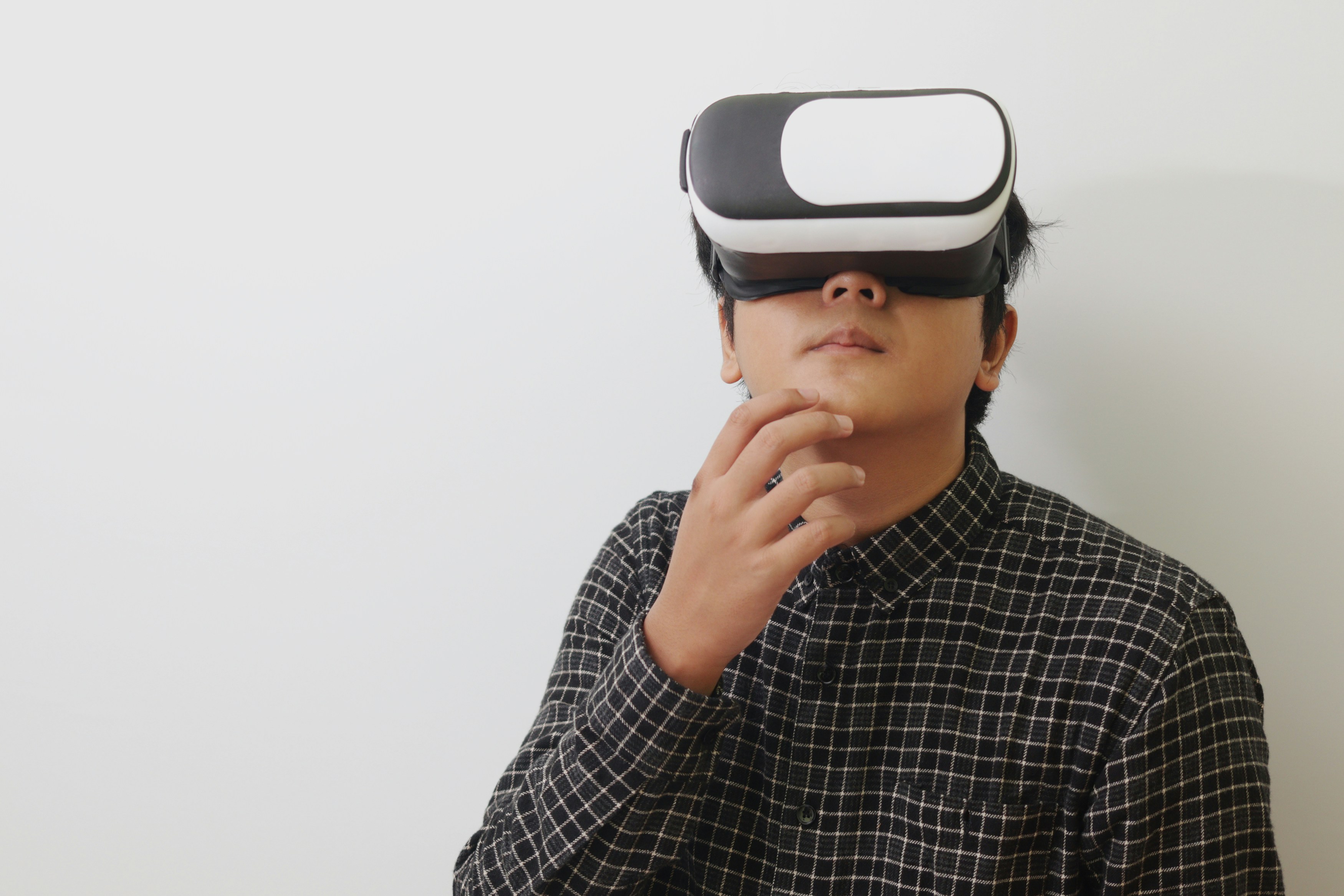Immerse in SEO: Elevate Search Visibility Through Virtual Reality
In an era where digital experiences continuously evolve, combining SEO practices with Virtual Reality (VR) offers a transformative way to engage users and enhance search visibility. As digital marketers, we cannot overlook the impactful potential of immersive content. VR is not merely a tech gimmick; it's an evolving frontier in marketing strategies that, when leveraged correctly, can significantly improve user engagement and brand loyalty.
The Intersection of SEO and Virtual Reality: A New Frontier
As the digital landscape progresses, traditional SEO strategies often struggle to keep pace with changing consumer behaviors. Today's audience craves interactive experiences rather than passive consumption of content. Integrating VR into your digital marketing strategy offers a novel approach to meeting these expectations. By immersing users in your brand narrative, you facilitate a connection that is far more engaging than standard textual content.
For instance, think about how an interactive 360-degree tour of a product or service can captivate potential customers. Such experiences allow users to explore their interests and engage with your brand on multiple levels, fostering trust and increasing the likelihood of conversions.
Why Immersive Content Matters
One of the primary reasons immersive content resonates with users is its capacity to elicit emotions. Emotions play a pivotal role in decision-making; by creating a memorable experience, brands can influence user sentiment positively. Research shows that emotionally charged experiences lead to greater retention rates. Thus, when your brand is associated with strong emotions, you bolster customer loyalty.
Moreover, immersive content is more likely to be shared across social platforms, increasing your organic reach. According to a survey by HubSpot, 80% of consumers would rather watch a live video from a brand than read a blog post. This substantiates the importance of visual and immersive content in current marketing practices.
Enhancing User Experience with VR
To create immersive SEO content using VR, consider the following strategies:
1. Create Engaging Storylines
Develop compelling narratives around your brand. When users feel like they are part of a story, the likelihood of them remembering your product or service increases. For example, a travel company could craft an immersive experience that transports users to various destinations they offer.
2. Utilize VR to Showcase Products
Imagine allowing users to try on products virtually before making a purchase. With VR applications, brands can create lifelike representations of products. This not only caters to user curiosity but also enhances their confidence in making purchases, leading to higher conversion rates.
3. Host Virtual Events
Digital events are far more engaging when conducted in a virtual reality format. Hosting a virtual conference or product launch allows participants to navigate the event as if they are physically present, enhancing interpersonal interactions and overall enjoyment.
4. Leverage User-Generated Content
Encourage your audience to share their experiences through VR. User-generated content can serve as powerful social proof. When potential customers see real users enjoying your products or services in a virtual space, it builds trust and can lead to increased sales.
Technical Considerations for Implementing VR
Platform Compatibility
As with any sophisticated technology, ensure that your VR experience is compatible with a range of devices. Remember that while high-end VR headsets provide the best experience, many users access content through smartphones or desktops.
SEO Optimization for VR Content
When integrating VR into your SEO strategy, ensure that all VR content is optimized for search engines. Use descriptive alt text for images, provide transcripts for audio content, and ensure the VR experience can be indexed properly. This not only improves visibility but also ensures accessibility for users who may require it.
For additional details on optimizing your SEO, be sure to check out our piece on harnessing ambient intelligence for personalized SEO.
Measuring Success: Key Metrics to Track
When attempting to integrate VR into your SEO strategies, it is imperative to identify ways to measure the ROI of your efforts. Key performance indicators (KPIs) such as user engagement rates, average time spent in VR experiences, and conversion rates form a robust framework to assess your initiatives. Furthermore, tracking share rates and social media mentions can provide insight into how well your content resonates with audiences.
Building Trust through Authenticity
Authenticity is paramount in digital marketing. Users tend to gravitate toward brands that convey genuine messaging. With VR, you can show behind-the-scenes content, allowing your audience to connect with your company culture and values. This openness fosters trust, translating into long-term customer relationships.
In our increasingly connected world, brands that prioritize transparency will thrive. By openly sharing your brand journey and encouraging user feedback, you bolster credibility among prospective customers.
Challenges of Using VR in Digital Marketing
While the benefits of VR in SEO are extensive, the technology does come with hurdles:
1. High Production Costs
Creating high-quality VR experiences can be resource-intensive. Brands should approach this challenge with creativity, finding ways to maximize budgets while ensuring the quality does not suffer.
2. Adoption Rates
Not all users are equipped with VR technology. As of 2025, the general adoption of VR devices has grown but still may not encompass the majority of your target audience. Identifying ways to create alternative formats like AR (Augmented Reality) or even interactive videos may help reach those potential customers.
3. Technical Knowledge
Implementing a VR strategy requires a unique set of technical skills. Training your team on how to effectively design and manage VR content can be necessary but is worth the investment in the long run.
Staying Ahead of the Curve: Future Trends
As we progress further into 2025, the intersection of SEO and VR will only become more intertwined. Brands that adapt to these trends proactively will reap the rewards:
- AR and VR Convergence: The merging of augmented reality will provide even richer experiences, allowing users to interact with both real-world and virtual components.
- Enhanced Personalization: Utilizing AI data analytics in tandem with VR will enable brands to offer hyper-personalized experiences that cater to individual user preferences and interests.
- Social VR Experiences: Community-driven virtual environments will elevate brand engagement as users come together in shared experiences.
Final Thoughts
Harnessing virtual reality experiences provides an innovative pathway to boost your search visibility and user engagement in the realm of digital marketing. By utilizing VR effectively, you can craft stories that resonate deeply with your audience, enhancing overall brand loyalty and trust in the process.
As you incorporate VR into your digital strategies, keep the goal of creating impactful user experiences at the forefront. Stay agile, monitor emerging trends, and embrace the underlying technology that can elevate your digital marketing game. Remember, the future of SEO lies in engaging narratives that connect with users—not just in driving traffic.
If you're eager to explore further in the exciting realm of digital marketing, dive into our articles on future SEO trends or the importance of digital empathy. There’s a world of insights waiting for you!











